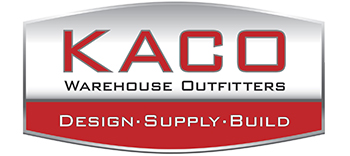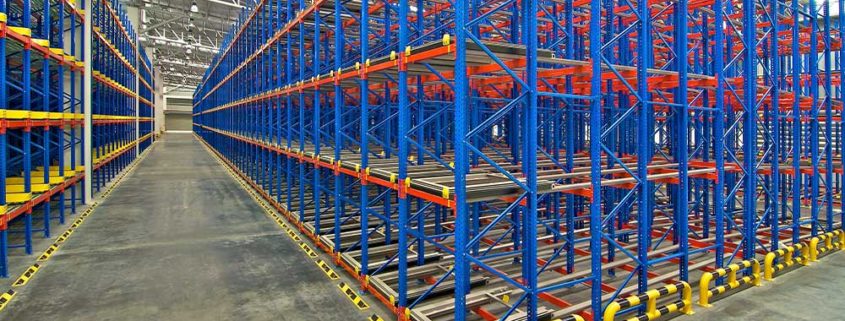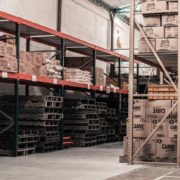Nestable Pallets Can Transform Racking In Your Warehouse Space
The COVID-19 pandemic has resulted in a major shift towards online-only sales and the need for fast, widespread shipping. Warehouses all over the nation are bustling, and many are struggling to keep up with both increased shipping demands and unsold store goods piling up in corners. But your warehouse space is as large as you make it. With clever storage solutions, you can double or even triple the amount of rack space as well as prevent things from getting disorganized.
Nestable Pallets Save on Storage Space
If you go back 100 years, wooden pallets were just starting to transform warehouses and making stackable storage efficient. Now, the next wave of innovation is here. Thanks to their lighter, slimmer, even more stackable design, nestable pallets take traditional storage to the next level. Warehouse workers can even them securely together when not using them and save even more space. In fact, stacking plastic, nestable pallets usually takes up only half the space of the same amount of stacked wooden pallets.
And while they are lighter and easier to move, a major draw is that nestable pallets are also more durable than their traditional wooden counterparts. While wooden pallets have a limited life span and are often damaged by weather and heavy use, nestable pallets can be used over and over again from production right on through packing and distribution. It’s also worth noting that they can also support more weight than wooden pallets. Even today’s light duty nestable plastic pallets can hold up to 2,200 lbs (when designated for dynamic use; static loads can hold up to 3,500 lbs). Heavy duty designs can hold 5,000 lbs while moving and even more when static.
How to Switch Over From Wood to Plastic
Another bonus of nestable pallets is that they can help bring down operational costs considerably. Plastic pallets cost less time and money to produce traditional wooden pallets, and so they tend to cost less individually. Nestable versions are even more affordable than standard plastic designs (usually a third of the cost). That said, you may need to spend a bit more upfront while converting your warehouse over to a plastic nestable pallet system. A lot of older shelving racks are slotted for wooden pallets only, so they will need to be converted. However, the good news is that forklifts can still work with both, and many packing assembly lines can already accommodate newer pallets.
It’s also worth pointing out that nestable pallets vary in design depending on your needs. For many, traditional vented (latticed) deck pallets are ideal, but other products may require solid decks. It’s important to evaluate your warehouse’s specific needs and order pallets accordingly. You may need a mix of plastic/nestable styles, but the good news is that many are cross-stackable.
Nestable Pallets are the Future of Warehouse Storage
Even if you choose not to switch over your warehouse at this time, it’s important to consider that you likely will have to in the future. More and more warehouses are converting over to plastic pallets in general, and many are well on their way to using all nestable options. Just as wooden pallets eventually took over the industry a century ago, this is the next level in storage and distribution design. The future is here!






